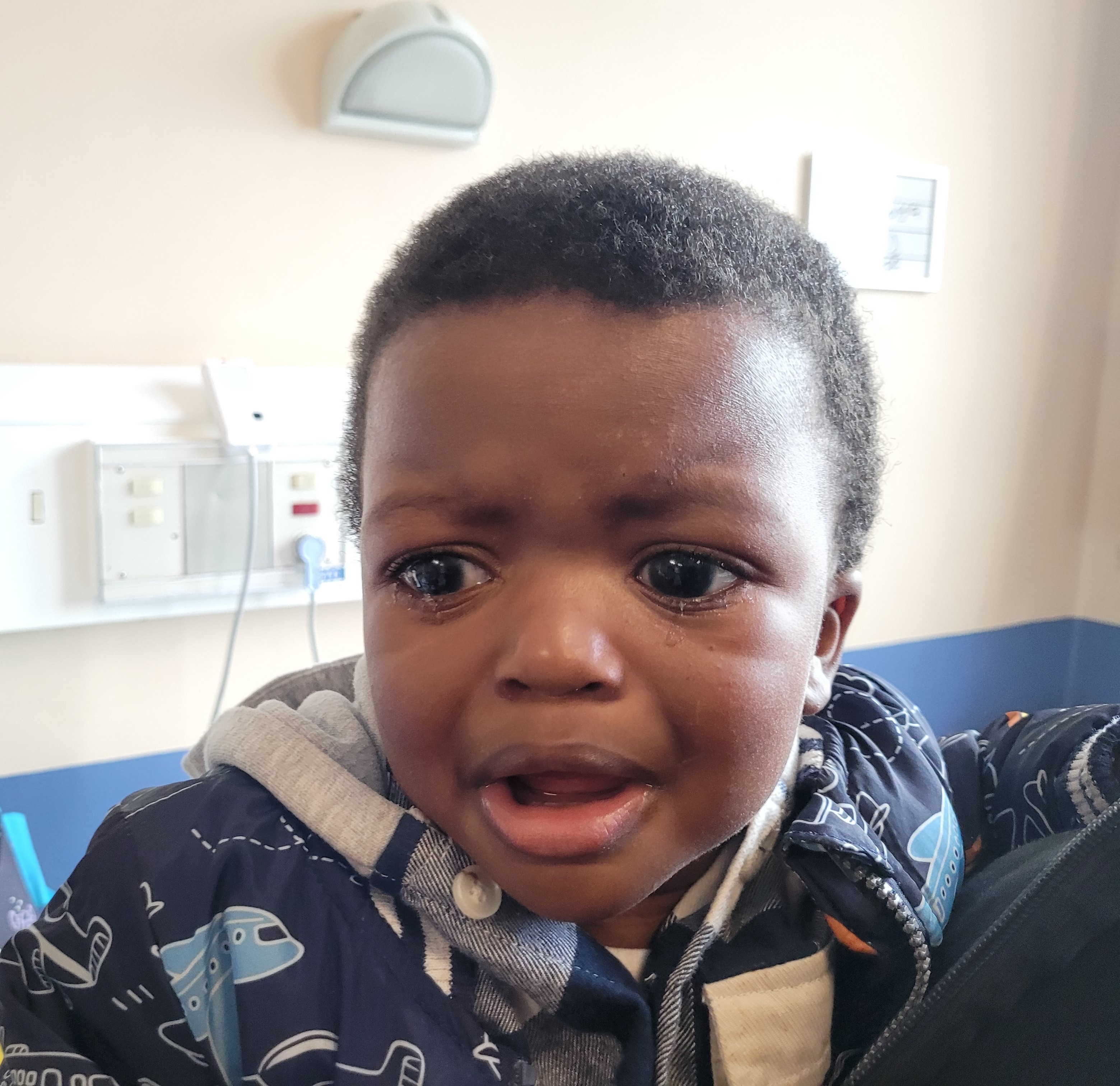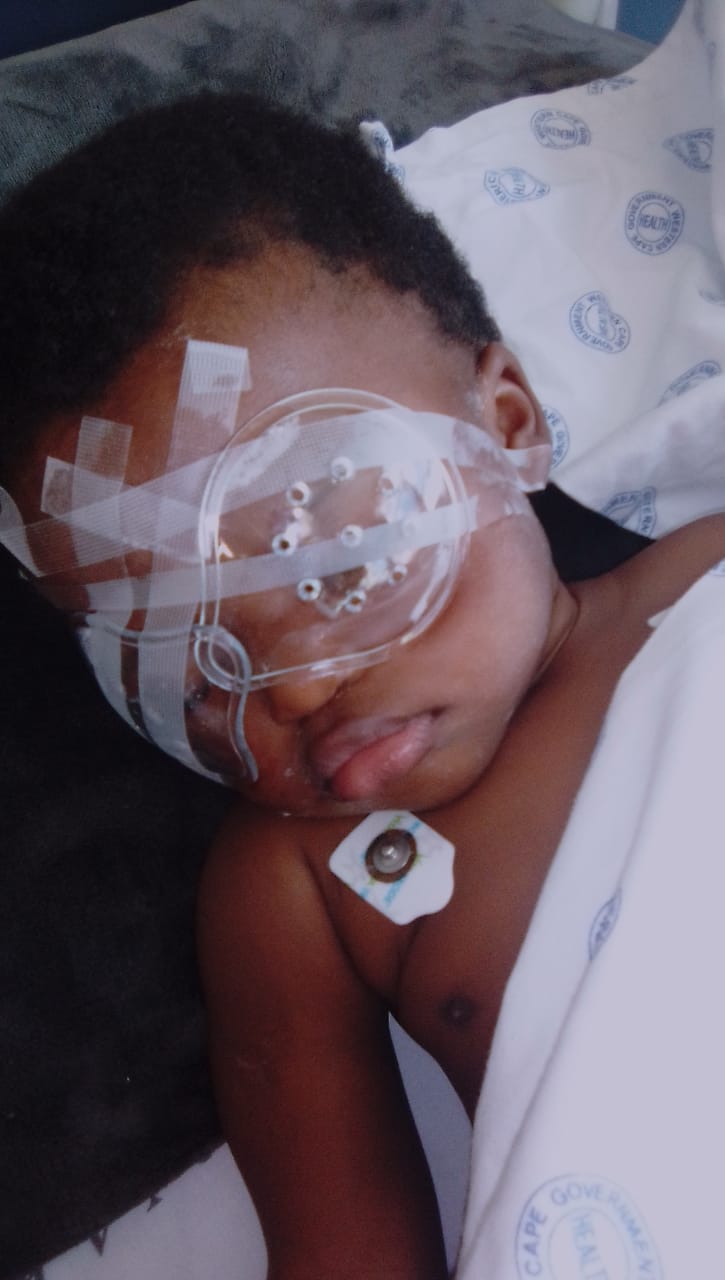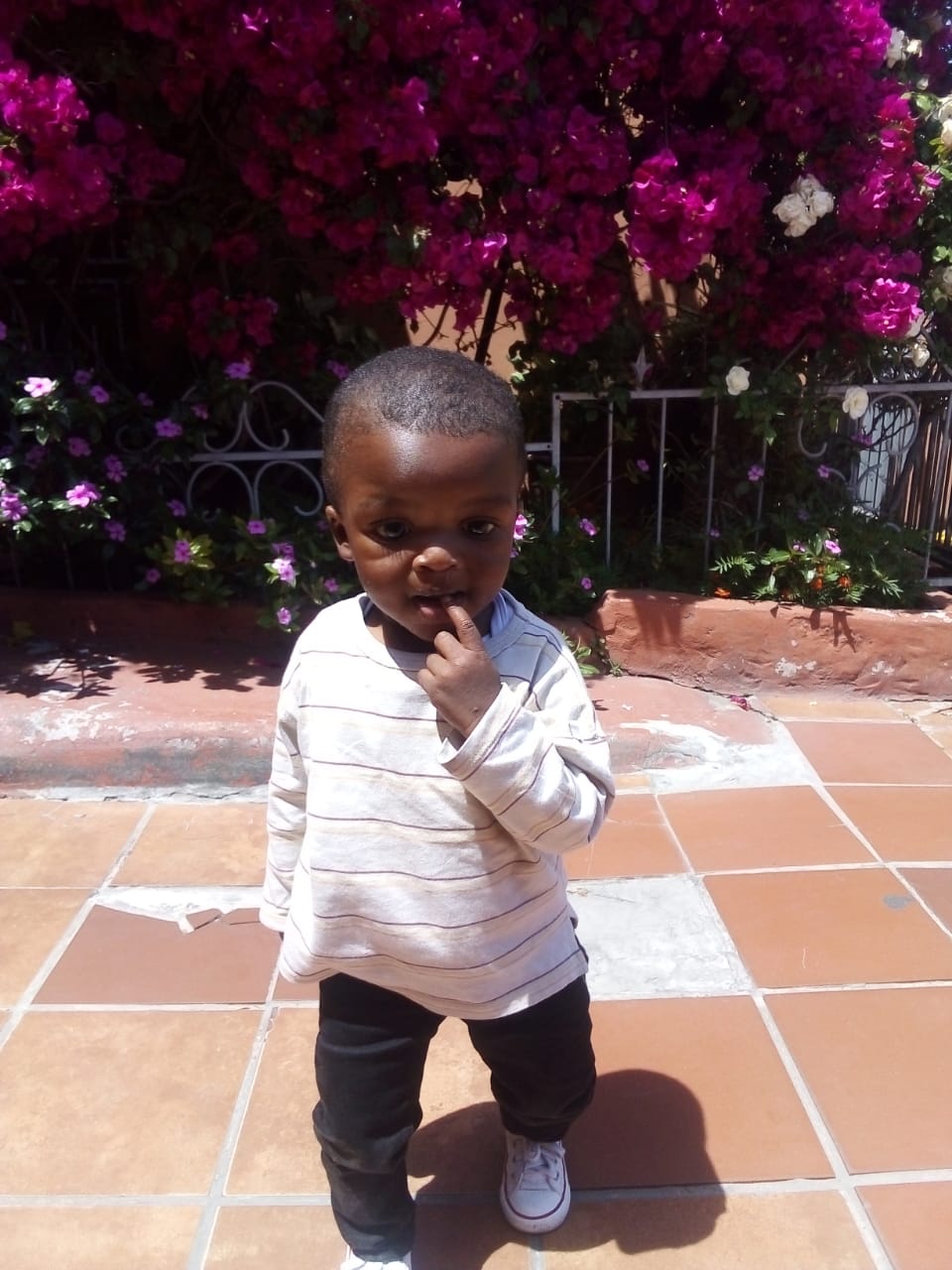
News
Tygerberg Hospital puts a spotlight on World Glaucoma Week
With this year’s World Glaucoma Week theme in mind, ‘The world is bright, save your sight’, Tygerberg Hospital would like to raise awareness about glaucoma. As untreated cases are a major cause of childhood blindness, the hospital encourages children to have regular eye and optic nerve checks. This ensures that primary congenital glaucoma can be detected earlier, therefore preserving sight.
The incidence of primary congenital glaucoma is around 1 in every 10 000 to 18 000 live births. Glaucoma that causes blindness accounts for 5% of all the blind children in the world. 75% of children with primary congenital glaucoma have bilateral disease but 90% of all cases are sporadic. This means that if the family has other children, there is a very small risk, that they will also have primary congenital glaucoma.
Primary congenital glaucoma is a rare genetic disease caused by abnormalities in the aqueous (water in the front part of the eye) outflow mechanisms. This causes high-water pressure in the eye. Children affected by this disease often complain of light sensitivity, have teary eyes and often keep their eyes closed. They also have eyes that appear overly large.
Outcomes are very variable even with early treatment with some even going blind. Children with good vision need glasses or contact lenses as the larger eyes mean that they see poorly without glasses. This prevents amblyopia commonly known as a lazy eye.
Dr Helga Abrahamse-Pillay, a paediatric ophthalmologist at the hospital said: "If children do not receive treatment, they will go blind. Children also need lifelong follow- ups so that they can receive timeous intervention to try and maintain useful vision."
The treatment of primary congenital glaucoma is primarily surgical. If the cornea is clear enough, angle surgery is done by making a small cut in the cornea and then using different methods to make a direct communication between the abnormal outflow channel (trabecular meshwork) and the collector channel (Schlemm’s canal). The gonioscopy assisted transluminal trabeculotomy (GATT) is one of these procedures.
The first paediatric GATT operation was done last year at the hospital. It's usually reserved for adult patients undergoing cataract surgery, but it was a good opportunity to do the GATT. One-year-old Baby Gift Mabuya from Khayelitsha, had sustained high pressures that were not reducing while on medical treatment and thus needed surgery. The benefit of the GATT is that it preserves conjunctiva for future surgery. It treats 360 degrees of the angle and spares conjunctiva for future surgeries. Usually when glaucoma presents so young, patients often need multiple surgeries to manage the high intra ocular pressure. The GATT has a good success rate as it treats the full drainage angle at one surgery and the need for further surgeries is minimised.
Caroline Mtati, mother of Baby Gift, said: "At first I was scared for the operation that my child had to undergo, but after consultation with the hospital team, my fears were set aside. I am so glad my son has a chance of seeing clearer in the future. But after everything, God is great, and thank you to Dr Abrahamse-Pillay and her team as well."
What makes this surgery difficult in children is that the child often will have a large cornea (the front button of the eye) and this is often not clear, as well as abnormal drainage angles for the surgery to take place. The last risk is that the child has a normal, clear lens that he was born with, and the GATT surgery can injure the lens and offer another set of complications.
The benefit is that the risk of post-operative infection is low, even if the patient rubs the eyes, as children often do, and it leaves unscarred conjunctiva for further surgery if we need it.
If the cornea is hazy, an external approach is used but the same communication between the two channels is made. This procedure is a trabeculotomy ab externo. The success rates of surgery vary greatly from 10% up to 94%.
With any procedure, there is eventual scarring, and the treatment will be less effective or stop working. This is expected and children often undergo multiple surgeries to attain good intraocular pressures.
Dr Abrahamse-Pillay concluded: "We need to fight for vision for 70 to 80 years in children and need to be aggressive in our management as blind children in low to middle income countries traditionally do not flourish. Baby Gift has had a great outcome with his pressures dropping from the mid-40s to 14 in both eyes, with just one surgery per eye. He has had a refraction for glasses and is awaiting his glasses to prevent amblyopia. We will continue to monitor him to ensure that he has the best possible outcome and refer him for adjunctive therapy as the need arises."







